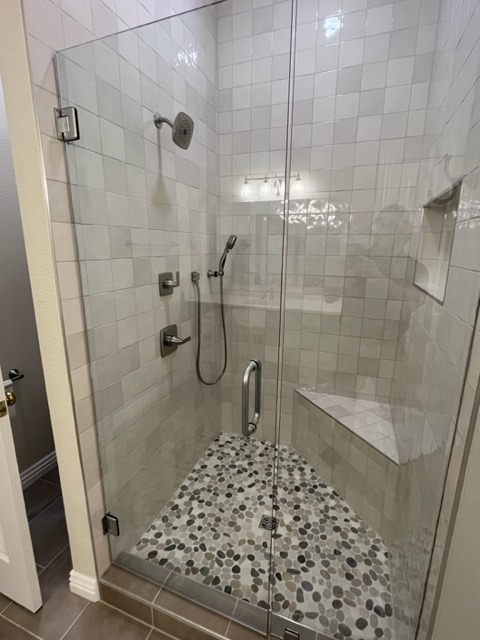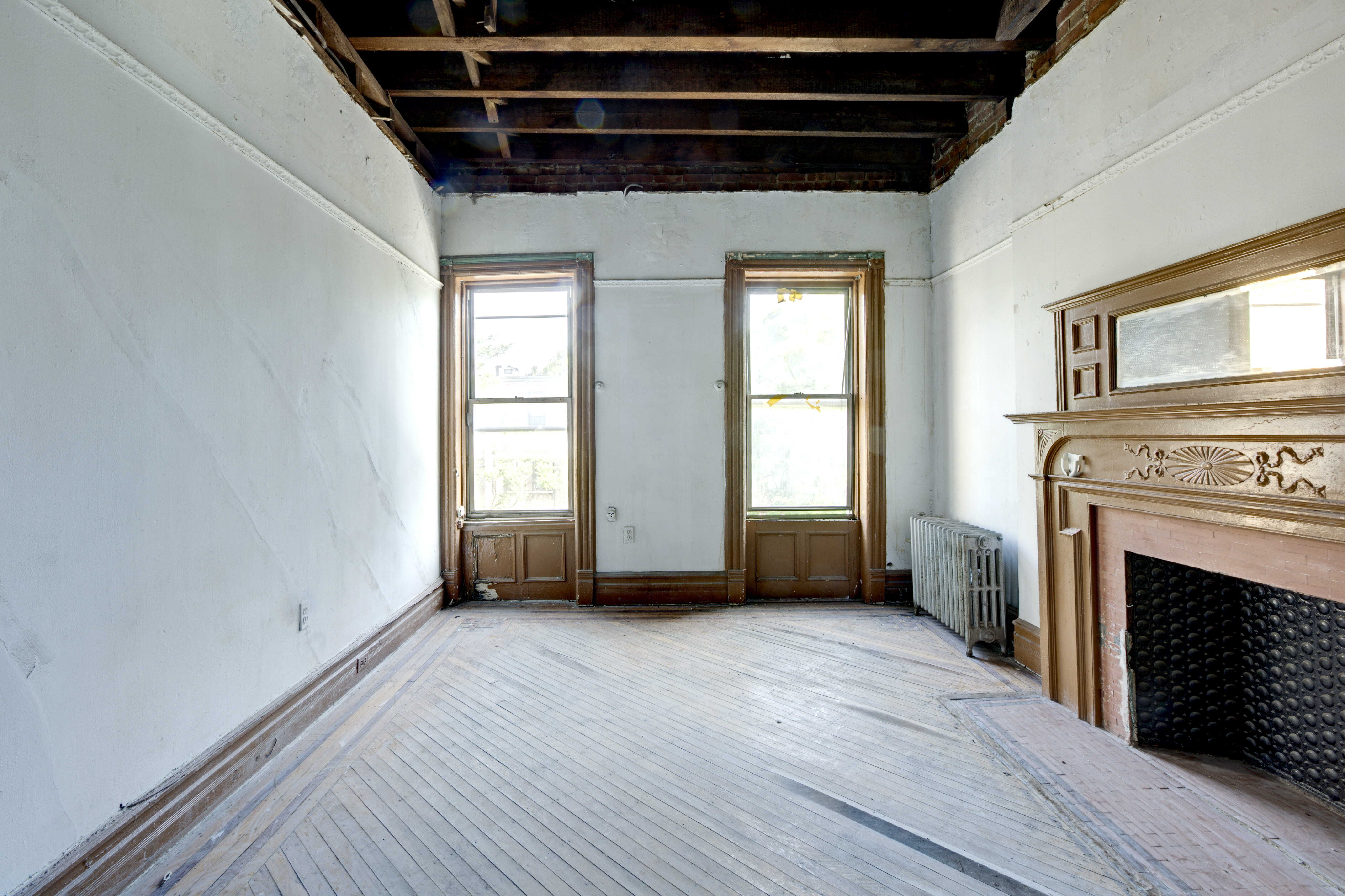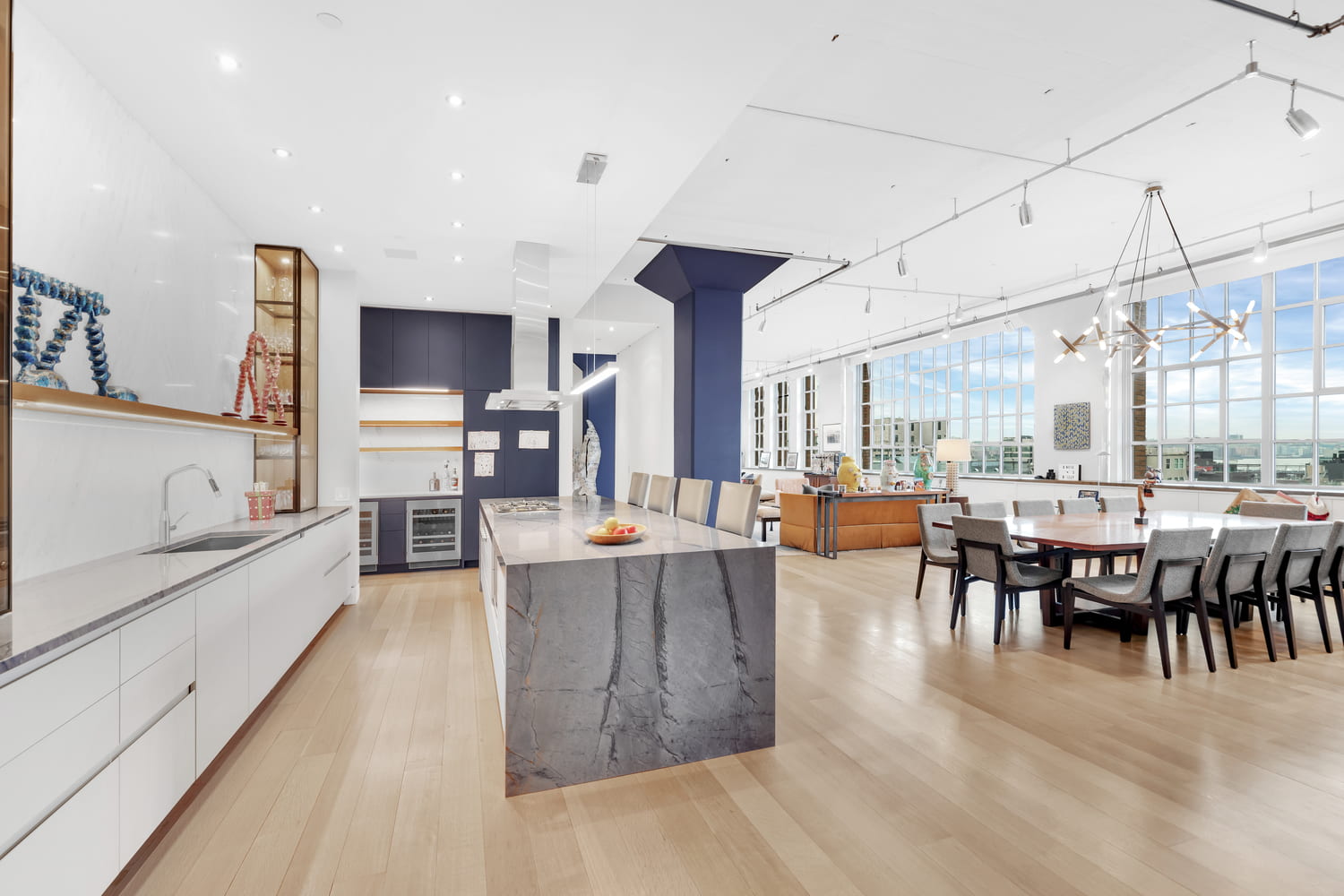Kitchen Remodel Solutions to Transform Your Food Preparation Room
Kitchen Remodel Solutions to Transform Your Food Preparation Room
Blog Article
Uncover the Top Fads and Innovations Shaping the Future of General Improvement Practices
In the realm of general improvement practices, a transformative shift is underway, thrust by a wave of innovation and emerging patterns that assure to redefine the method we approach restoring and reconditioning spaces. As the industry navigates towards a future noted by sustainability, modern technology integration, and effectiveness, it comes to be significantly essential to stay abreast of the advancements forming this advancing landscape. From the prevalent adoption of smart home innovations to the application of virtual reality tools in style procedures, the opportunities appear limitless. What do these innovations mean for the future of improvement techniques, and how will they affect the means we imagine, intend, and execute renovation projects?

Sustainable Products Combination

One trick advantage of integrating lasting materials into remodellings is the reduction of waste and environmental influence. By repurposing products or selecting options made from renewable resources, the building and construction market can substantially reduce its carbon impact. Furthermore, sustainable materials often boast better and durability, causing longer-lasting renovations that need much less maintenance in time.
In addition, the integration of lasting products can boost the overall aesthetics of a restoration project. Designers and designers are finding ingenious methods to include environmentally friendly products right into modern and trendy styles, confirming that sustainability and aesthetic appeal can go together (deck contractor). As the demand for sustainable methods continues to rise, the assimilation of these materials is expected to become the standard as a whole remodelling techniques
Smart Home Technologies Fostering
Progressively integrated into modern households, the fostering of wise home technologies is improving the method we engage with our space. From voice-activated aides like Amazon's Alexa or Google Home to wise thermostats, lighting, protection systems, and appliances, the clever home trend is transforming the concept of home convenience and performance.

Furthermore, the combination of artificial intelligence and device understanding formulas right into smart home tools allows them to discover customer choices and adapt settings as necessary, further improving user comfort and convenience. As clever home innovations proceed to breakthrough and end up being more easily accessible, their fostering is expected to end up being a lot more prevalent, shaping the future of domestic living.
Virtual Reality Style Devices
Virtual Reality Style Devices use a transformative approach to visualizing and preparing restoration projects (deck contractor). By involving individuals in an online environment, find out these devices enable them to experience a reasonable depiction of the final layout before any type of physical changes are made. This modern technology enables homeowners, designers, and specialists to work together more properly, making sure that everyone involved has a clear understanding of the project scope and vision
One of the key advantages of Digital Reality Style Devices is their capacity to improve the decision-making procedure. Individuals can explore various materials, formats, and setups in real-time, enabling them to make informed choices that align with their choices and budget restraints. In addition, these devices can aid determine potential issues or disputes in the layout early on, ultimately saving time and sources during the remodelling process.
Energy-Efficient Solutions Application
Amid the growing focus on sustainable practices useful source in the building market, there is a noteworthy change in the direction of executing energy-efficient options in improvement tasks. Energy-efficient solutions are becoming a foundation in contemporary restoration practices as they offer many advantages to both property owners and the atmosphere. These remedies include a series of technologies and design concepts intended at decreasing power intake, reducing utility costs, and reducing the ecological footprint of structures.
One widespread pattern in energy-efficient improvement is the integration of smart home technology. This includes the use of programmable thermostats, energy-efficient lights systems, and wise home appliances that can be regulated remotely. Additionally, the adoption of high-efficiency home heating, air flow, and air conditioning (COOLING AND HEATING) systems plays a crucial role in enhancing the total power performance of remodelled spaces.
In addition, the consolidation of lasting materials such as energy-efficient home windows, insulation, and roofing can considerably boost a structure's thermal performance, further minimizing power needs. By prioritizing energy efficiency in renovation tasks, stakeholders can not only accomplish cost savings in the long run yet likewise contribute to a greener and much more sustainable built atmosphere.
Green Structure Accreditation Trends
The need for environment-friendly building accreditation is steadily increasing in the construction industry as stakeholders seek to validate their commitment to sustainable structure techniques. Eco-friendly structure certifications, such as LEED (Leadership in Energy and Environmental Layout) and BREEAM (Building Research Facility Environmental Analysis Method), are becoming progressively prominent as they demonstrate a structure's environmental performance and sustainability. These certifications take into consideration numerous facets, including energy performance, water usage, materials option, indoor environmental quality, and the overall effect on the setting.
Among the current trends in green structure certification is the integration of smart innovations to boost a structure's sustainability. This includes making use of IoT (Net of Things) gadgets for checking power usage, enhancing interior environmental problems, and improving general operational performance. Furthermore, there is a growing focus on health and wellness and health elements within eco-friendly structure criteria, concentrating on elements like air top quality, natural light, and biophilic layout elements.

Conclusion
To conclude, the future of general remodelling practices is being formed by power home remodel the integration of lasting products, fostering of smart home innovations, use of virtual fact layout tools, implementation of energy-efficient services, and trends in environment-friendly building accreditation. These advancements are driving the sector towards even more environmentally pleasant and highly advanced solutions, ultimately improving the top quality and effectiveness of renovation projects.
Report this page